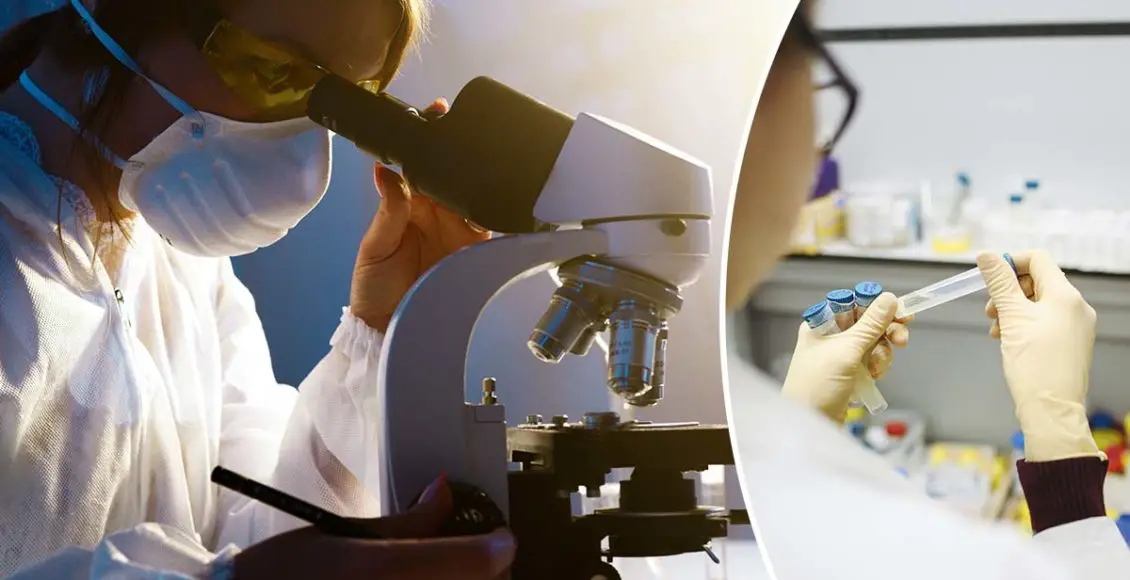Turning fat cells into energy-burning cells may now be possible thanks to gene editing.
Scientists from UT Southwestern Medical Centre’s Touchstone Diabetes Centre successfully turned fat cells used for storage into cells that burn energy. They made the magic happen using CRISPR gene editing, Unilad reveals.
The research was backed up by the National Institutes of Health.
As per Medicalexpress, Rana Gupta, associate professor of Internal Medicine and leader of the research, explains:
“It’s like flipping a switch. We removed the ‘brake’ on the energy burning pathway in fat cells by engineering a mutation that disrupts the interaction between a single pair of proteins.”
Gene editing can turn storage #fatcells into energy-burning fat #cells @cell_metabolism https://t.co/jXCDUVC6Mz
— Medical Xpress (@medical_xpress) October 7, 2021
According to the study’s findings, “existing diabetes medications” can possibly become much more effective by “releasing this brake in fat calls.”
Dr. Gupta says obesity is “the pandemic before the pandemic.”
The expert adds:
“There is tremendous interest in driving the production of these energy-burning fat cells as a treatment against metabolic diseases such as diabetes.”
The leader of the study notes that people struggling with obesity have few brown and beige fat cells, which are those that help burn energy. Meanwhile, they have larger numbers of white cells and of a bigger size, cells of which store energy. Dr. Gupta also remarks that due to the rise of obesity, researchers have been pressured to understand “all aspects of adipose tissue biology” and how the body forms fat cells.
According to the Centers for Disease Control and Prevention, from 1999 to 2018, the prevalence of people with obesity in the U.S. grew from 30.5% to 42.5%. Distressingly, the NHS reveals that 68% of men and 60% of women aged 16 and over are overweight or obese.


